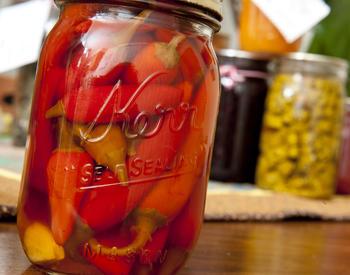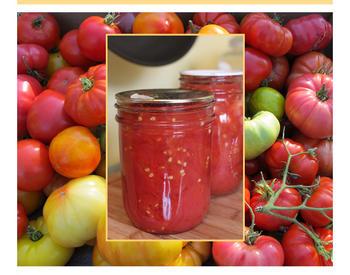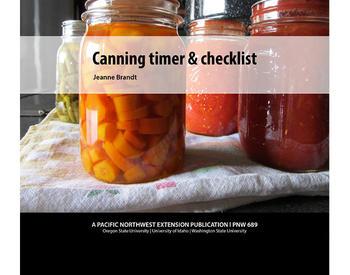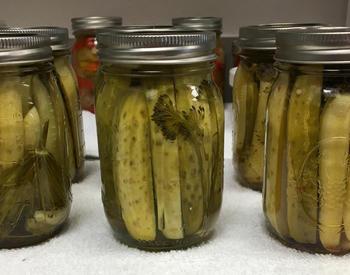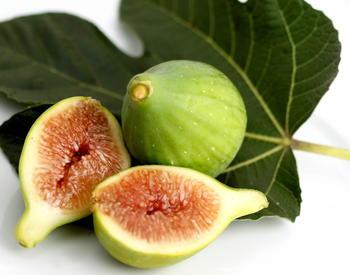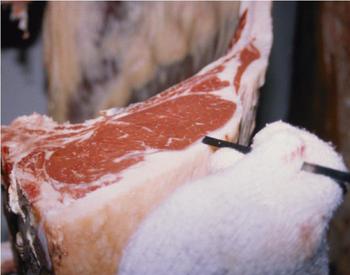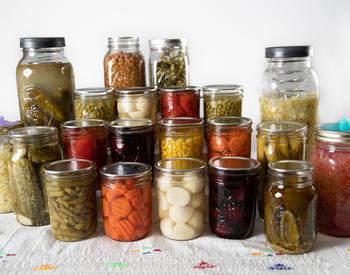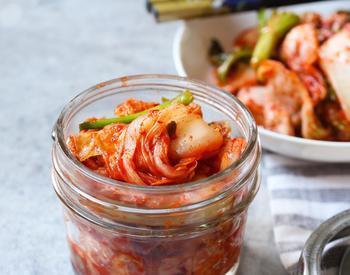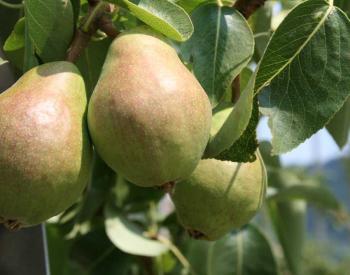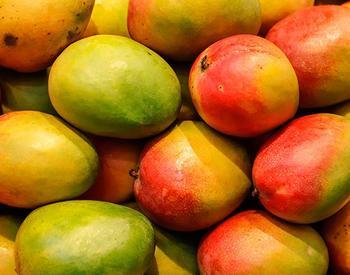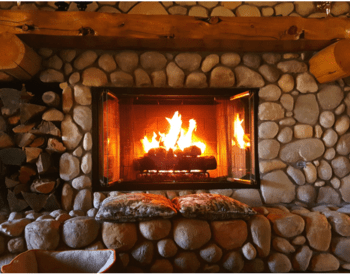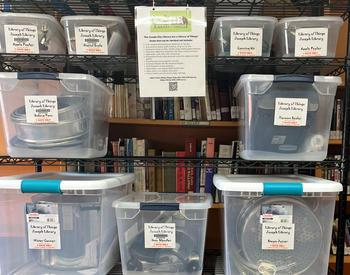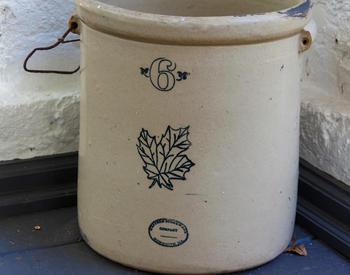Transcript
Hi, I'm Kelly Streit, a registered dietitian with the OSU Extension Service Family Community Health Program based in Clackamas County.
And I'm Amanda Gladics, a fisheries Extension faculty member with OSU Extension Service in Clatsop County and Oregon Sea Grant.
Today, we are going to home can Oregon seafood, specifically tuna, using a pressure canner. So why are we using a pressure canner? We're using a pressure canner because we are starting with a low-acid food, of which protein foods such as seafood are. And so in order to eliminate the risk of botulism, we need to be able to superheat the canner to eliminate that risk.
We are filming this in August of 2020 during a time of COVID, and we are in Clackamas County shooting this, which is in phase one. And so we are trying to abide by all of the COVID safety practices. You will find step-by-step instructions for home canning seafood in the PNW publication "Canning Seafood" and the "Canning Tuna" fact sheet. You may can tuna that has been previously frozen, precooked, or fresh. For instructions on how to freeze seafood for home canning at a later date, refer to the publication "Home Freezing of Seafood."
We will be canning tuna loins purchased at a seafood market in Astoria. This tuna was blast frozen at sea, which meant it was very quickly frozen to a low temperature as the whole fish and then thawed out so that it could be filleted.
Always start with a pressure canner that is in good condition, replace worn-out gaskets and overpressure plugs. Just make sure that you can move it around and that there's not a lot of gunk. If you are using a dial gauge canner, contact your local OSU Extension office to schedule an appointment to get the gauge checked. Fill the bottom of the canner with 4 to 5 inches of water, add 4 tablespoons of white vinegar, and set aside. Wash hands with warm soapy water 20 seconds. Be sure to wash your hands with soap and water for at least 20 seconds and sanitize your work surfaces. Sanitize work surfaces. Wash jars, lids, and rings.
OK, we're going to get started by cutting our tuna loins into lengths that are suitable for these half-pint jars. You can actually use the jar itself as a little bit of a guide. And we're using wide-mouth, half-pint jars. This size jar will carry up to about a half a pound of tuna. And as you can see from how Amanda's cutting up the loins, they just fit. This fits really nice into the wide-mouth jar. You want to make sure that you've got an inch of headspace between the top of the jar and where the tuna meets the jar. So in this case, we're going to pack that jar so that the tuna comes up to this point right here on the jar. If we overfill the jar or underfill the jar, we run the risk of not getting a good, strong seal on the jar. And that can lead to spoilage.
We're going to get ready now to be able to attach our rings and our lids to our jars of tuna. So in order to do that, we want to make sure that we wipe off the lids and the ring and clear off any little pieces of tuna that might be adhering to the sides to help ensure that we get a good, solid seal. So Amanda is soaking down a paper towel for me. And we're just going to run the paper towel quickly around our rims.
And I'm of the mindset that I prefer to mark my lids before I do my canning. A couple of reasons for that. I just know myself well enough to know that I'm more likely to do it at the beginning so that I don't have mystery food in the pantry several months down the road. And then the other reason is, I think it's also an extra food safety practice, just because if you don't write on these lids, sometimes it's really easy for them to get mixed up with your lids that you haven't used. And these lids are one-time use. If it's something that's pressure canned, I like to put the name of what the item is. So in this case, it'll be tuna. And then we are, at our altitude at sea level, we're going to be processing this tuna for 100 minutes in the pressure canner. So I also put on there 100 minutes. And then I put the date.
You set the ring on. And then you screw the lid on. Screw on rings to fingertip tight. But you screw the lid on just so it starts to resist. And this is something when I started canning with my husband that I had to teach him because he would-- Crank it, huh? --crank the jar. And then I would have to go and untwist the jar a little bit before we put it into the canner. You want a little air to be able to escape while it's processing. And that's going to help create the environment that you need to get a proper seal as it's going through the processing.
Important thing to remember about loading the canner is after you put your water and your 4 tablespoons of vinegar in here, you want to make sure that you put a rack at the bottom. We want to make sure that the air is able to circulate all around all the jars. So as we're loading that up, we want to make sure there's some space underneath. The other thing you might notice too is, see how we staggered them, the jars in there, so that that way it maximizes the airflow. And now we need to do another layer. So your canner, if you're purchasing a new canner, always comes with one rack. So if you're stacking, you're going to need to purchase more racks. However, if you're crafty, you can also come up with ways to come up with your own. Cut screen makes a good rack. Canner hack! That's a good homemade one. It's just screen, and a screen that we cut to the diameter of the canner.
We align our arrows and then, we're going to close. Fasten canner lid securely so steam can't escape. So we just close it. Follow the arrow and you're done. And we're going to do this outside, which is a good call. Because that's something that people mention too, well, I don't want the smell of canning fish in my kitchen.
So we've let our canner vent for 10 minutes. And you can see, it's continuing to actively vent now. So we're ready to put the counterweight onto the vent pipe. Once we put the counterweight on, we're going to wait to see that our pressure gauge comes up to the correct reading, in this case 11 pounds per square inch. You're going to want to make any necessary adjustments based on your altitude. When the recommended pressure has been reached, start timing, in this case for 100 minutes. Adjust the heat to maintain steady pressure. When the timing process is complete, turn off the heat. And let the canner cool naturally. After the canner is fully depressurized, remove the weight from the vent port. Wait 10 more
minutes after you remove the weight. Unfasten the canner lid and tilt it away from you. Using a jar lifter, lift the jars straight up out of the canner and onto a padded surface of a heavy towel. Space jars 1 inch apart. Thank you so much for joining us for this demonstration video today. And Amanda, it was great having you come all the way from Astoria-- It was really fun to be here. --to Oregon City with the star of the show, the tuna. It was my pleasure to come. Thank you for all of your expertise and showing me how to can. And we hope that by watching this video, you might find it inspirational, and go home and try to can your own tuna someday. Be sure to check out the website eatoregonseafood.org where you can find lots of information about Oregon seafood products, recipes, and other resources.
Learn how to home can Oregon seafood, specifically tuna, using a pressure canner in this demonstration video produced by the Oregon State University Extension Service, Family & Community Health program in Clackamas County, and Oregon Sea Grant program.
